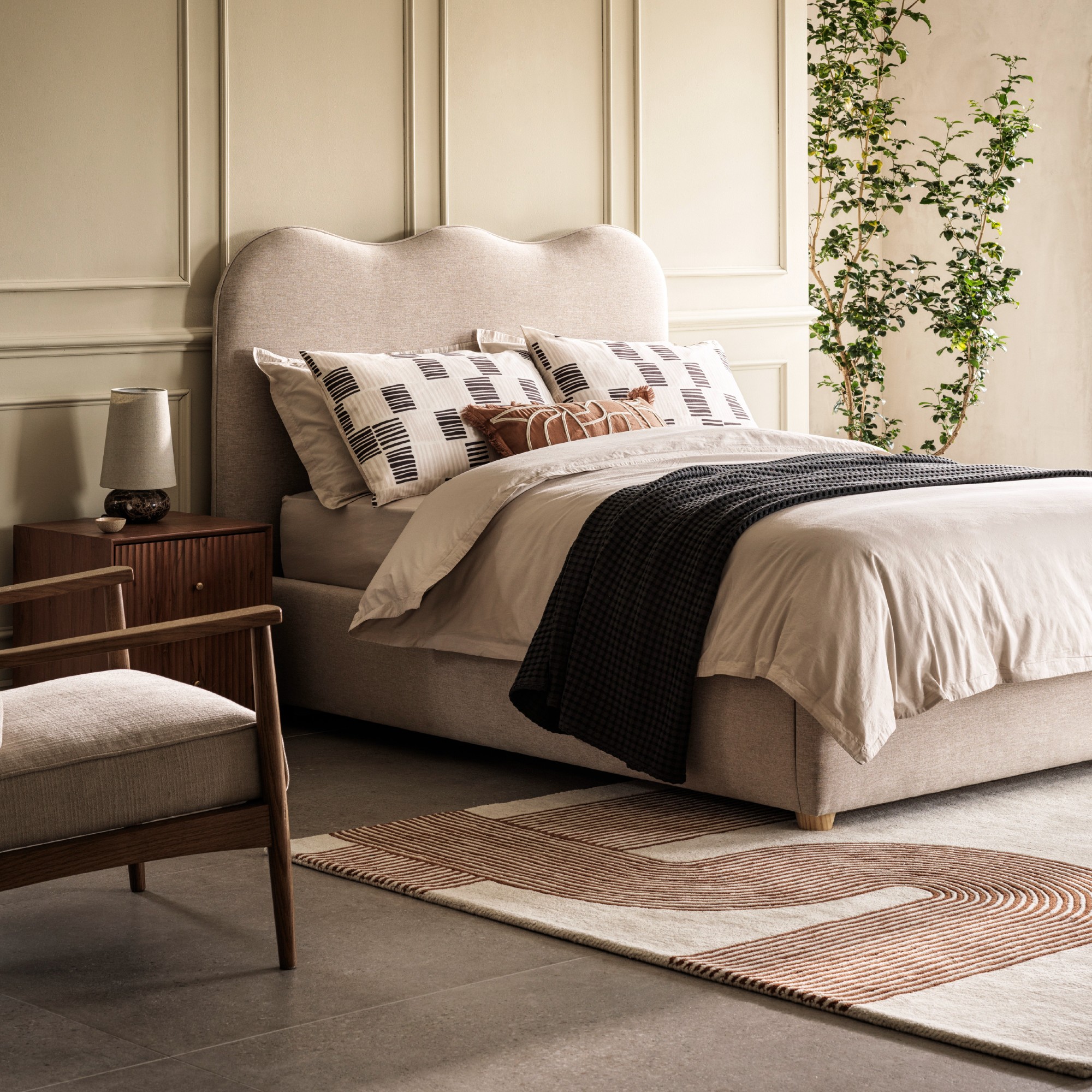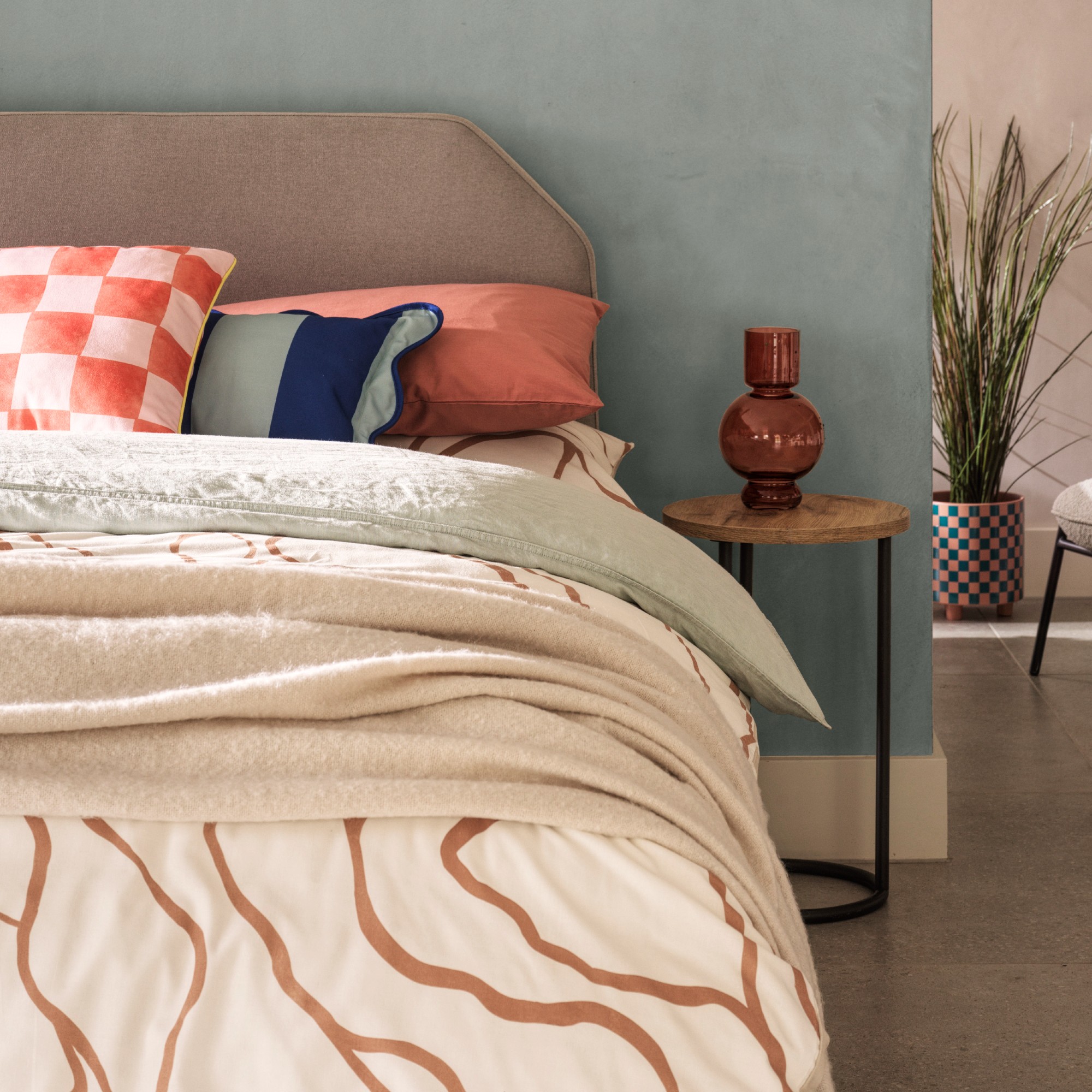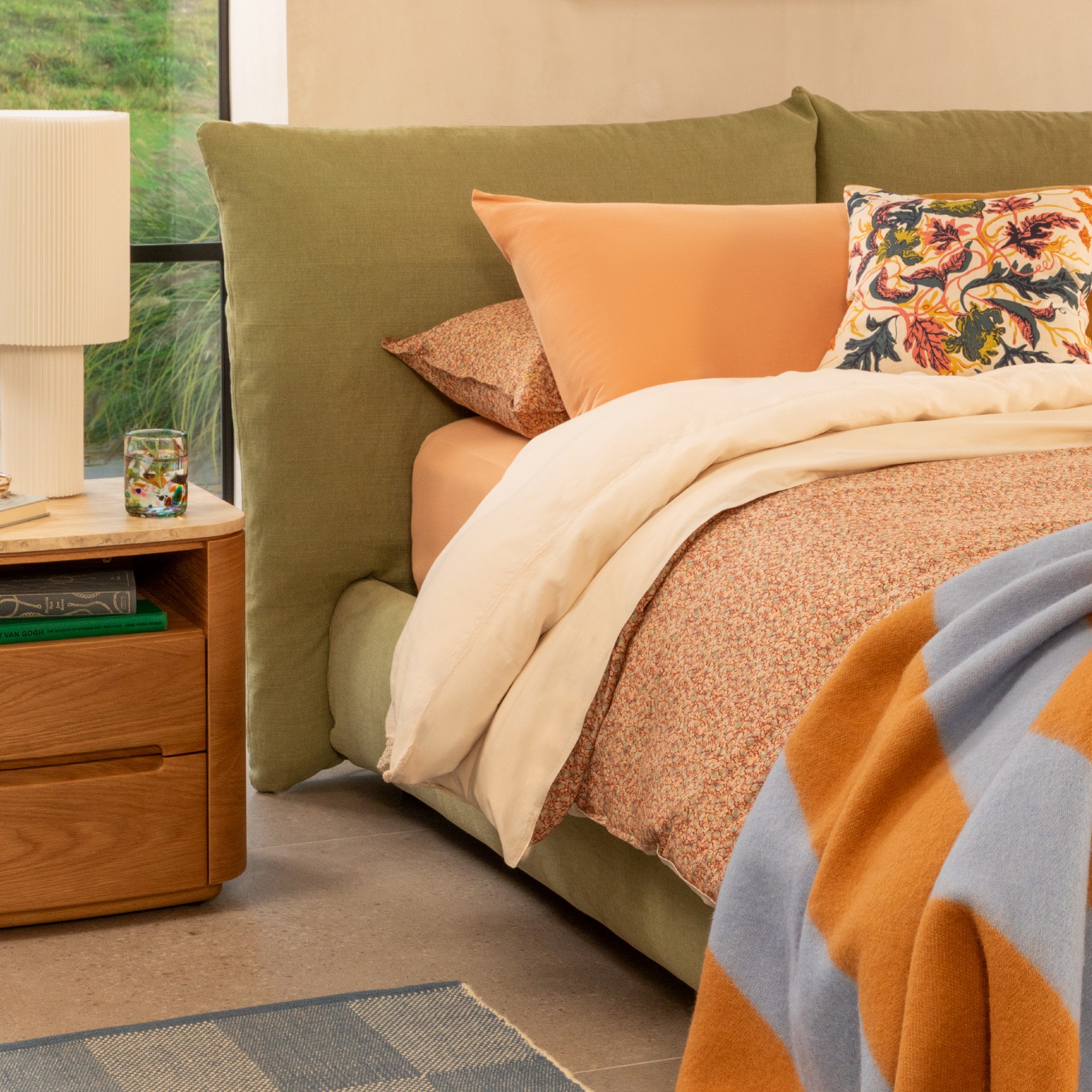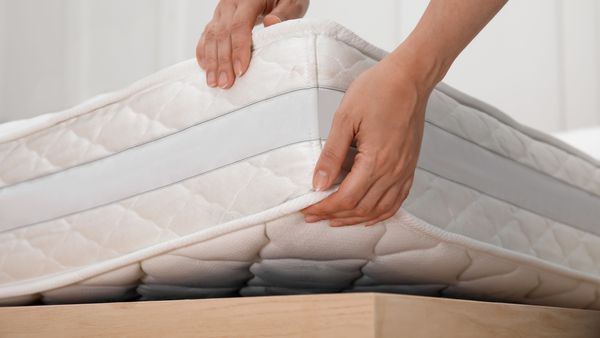
Do you remember the days when you had to flip your mattress regularly to keep it in top condition? We sure do. But should you flip your mattress in this day and age, or has it become a thing of the past? And if so, how often should you turn your mattress? We decided to investigate.
The best mattresses on the market all come with instructions for their care, from how to protect your sleep surface with one of the best mattress protectors or best mattress toppers, to how to clean a mattress should you need to freshen up your bed.
However, plenty of bestselling mattresses no longer seem to advise flipping as part of your regular mattress maintenance. Instead they focus on how often you should rotate your mattress instead. So, whatever happened to flipping?
To clarify this confusion, we asked several mattress experts to shed some light on whether we should still flip our mattress, and how often you should turn your mattress if so. This is what they had to say.

Should you flip your mattress?
There is a lot that goes into deciding what mattress to choose for your bed – the level of softness or firmness, whether to opt for a hybrid mattress vs a memory foam, if an expensive mattress is worth it. The list goes on.
As it turns out, all of these factors have an impact on whether you should flip your mattress or not, as whether you need to turn your mattress depends on the type of mattress you’ve chosen. In fact, it all boils down to whether you have a one-sided or a two-sided mattress.
Two-sided mattresses
Essentially, most older and traditional mattress designs were and are two-sided, meaning that both of their sides constructed in the same way. These mattresses tend to feature a sprung construction, with an open coil or pocket spring support layer cushioned with a comfort layer of wadding on both sides.
This is the type of mattress that requires flipping or turning over to maintain an evenly worn sleep surface that will help to prolong the life of your mattress, and ensure you sleep better.
‘Traditional mattresses used to require flipping to prevent sagging and prolong their lifespan,’ says Alison Jones, sleep expert at mattress manufactuer Sealy.
Chris Tattersall, sleep expert and managing director of wool mattress manufacturer Woolroom, still advocates for this type of mattress. ‘There is no doubt that a double-sided mattress will have more durability as the wear and tear on the individual sleeping surface is reduced by flipping the mattress’, he says.
‘The process of turning will allow the natural fillings within your mattress to settle or ‘bed down’ evenly across the mattress, providing the optimum level of comfort for you and for the life of the mattress too. We recommend flipping and rotating your mattress once a week for the first twelve weeks and then every three months thereafter for best results,’ he advises.

One-sided mattresses
On the flip side, these days a whole host of one-sided mattresses have entered the market. These are mattresses like the bestselling Simba Hybrid Original mattress or the Emma Premium mattress which both feature a hybrid design where a sprung base layer is cushioned by a padded top layer – often a memory foam top layer.
Other options might be an all-foam mattress like the Tempur Sensation mattress. This type of mattress doesn't use springs, but uses a firm foam base layer topped with cushioning memory foam. Or even the more traditionally constructed Hypnos Pillow Top Select mattress which features a 'pillow top' comfort layer on one side.
If you purchased a mattress in the last few years, or opted for a convenient mattress-in-a-box design, the likelihood is you own a one-sided mattress. And because the comfort layer is only on the top of the mattress, these mattresses can't be turned, instead they need to be rotated for even wear.
‘With advancements in materials and construction techniques, most modern mattresses are designed to provide optimal support and comfort without the need for flipping,’ Alison of Sealy explains. ‘Mattresses are constructed with bespoke layers that are carefully constructed to provide comfort and support throughout the night. The top layer of the mattress features cushioning foam layers and fibres, while supportive coils are beneath these layers in a unit.’

‘With advancements in materials and construction techniques, most modern mattresses are designed to provide optimal support and comfort without the need for flipping,’ Alison of Sealy explains. ‘Mattresses are constructed with bespoke layers that are carefully constructed to provide comfort and support throughout the night. The top layer of the mattress features cushioning foam layers and fibres, while supportive coils are beneath these layers in a unit.’
‘Flipping the mattress would therefore compromise the comfort and performance of the mattress, as it has been carefully layered to ensure the right level of pressure for our bodies through the night. The coils are engineered to respond to pressure in a specific way, compressing from top to bottom. Flipping the mattress would disrupt the design, as the coils aren’t intended to work upside down,’ she concludes.
So, before you settle on flipping or rotating your mattress, just make sure you know what type of mattress it is you have in your possession.










